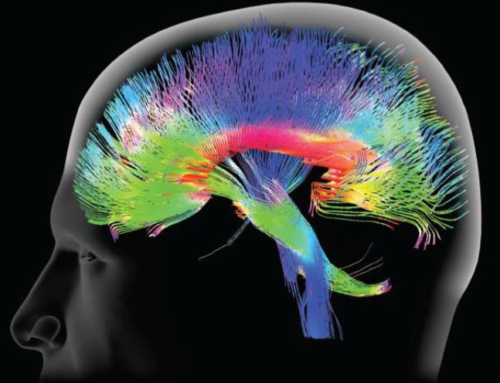==================
Decades of treating deep-sea divers and hospital patients with high levels of oxygen in pressure chambers has confirmed John Scott Haldane’s contention that the oxygen in air is sometimes insufficient for our bodies to cope with disease (Prof. James – Ref. 1). Giving more oxygen, possibly at judiciously increased pressure, can greatly increase the envelope of natural recovery.
The developing use of oxygen treatment in medicine was sidelined after World-War-2 by the spectacular growth of the multinational pharmaceutical industry. But it is obvious that all recovery, whether natural, assisted by drugs, or induced by placebo effect, is only possible when there is sufficient oxygen present and, moreover, there is no substitute for it. Haldane would, I am sure, not have been surprised by the pivotal discovery that oxygen actually – via Hypoxia Inducible Factor alpha (HIF-alpha) – is the controller of a number of our genes vital in dealing with pathological processes (Ref. 2 – Semenza).
The implications of this research can be distilled to a simple statement: We need to use more oxygen in medical practise. This applies to essentially all pathological processes where there is insufficient oxygen in the tissues of the body, including in the treatment of disorders of the brain (Ref. 1). The allegation that giving more oxygen is “alternative” medicine is unscientific and absurd: In one way or another, illness and injury always reduce the oxygen available to cells – and healing only occurs when adequate levels are restored. It is drugs that are alternative.
A Breath for Life Children’s Charity offers the opportunity for children and adults who can benefit from it, to safely receive sufficient oxygen to treat their particular condition.
Duncan Black BSc, MBChB, FRCSEd, BSc(Med)(Hons), PhD (Chem. Path), FRCS(Gen-Surg).
Consultant Vascular Surgeon, retired.
REFERENCES:
1) James, Philip B. Book: “Oxygen and the Brain: The Journey of Our Lifetime” 2014; Best Publishing Company; ISBN: 978-1930536-50-0
2) Semenza, G.L. “Oxygen Sensing, Homeostasis, and Disease” New England Journal of Medicine 2011; vol 365, pages 537-547
====================





